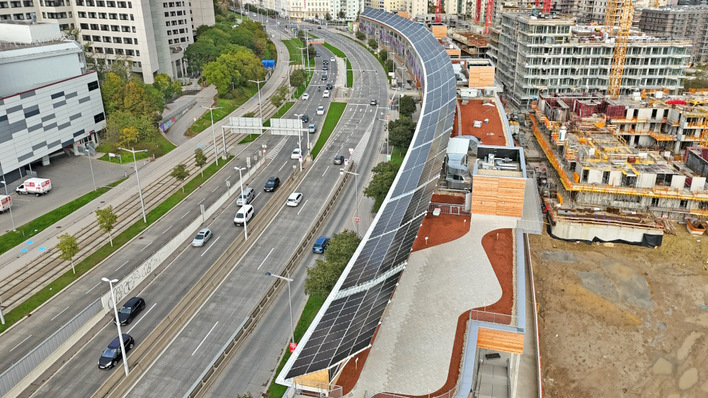Damage caused by hail impact is one of the risks to which PV modules are exposed. Statistically, hailstorms within our geographical area have not only become more frequent but also more intense in recent decades. With the expectation of increasingly extreme weather due to climate change, insurance companies are imposing stricter requirements on building components, including PV roof systems. Switzerland and Austria maintain what is known as a hail register, which classifies various construction products, including PV modules, into five hail resistance classes, ranging from HW1 (10mm hailstones) to HW5 (50mm hailstones). The testing regulations were developed under the leadership of the Association of Cantonal Fire Insurances (VKF). This classification not only allows for the appropriate selection of a PV module for a specific region but can also influence insurance cover for hail damage.
See also: Sharp’s new Topcon solar modules now MCS certified for in the UK
Most commercially available PV modules are certified according to the IEC 61215 standard, which only includes a hail test with 25mm hailstones. To achieve Hail Resistance Class 4 (HW4), NU-JC series PV modules from SHARP were successfully tested by TÜV Rheinland with 40mm hailstones at a speed of around 100 km/h, according to the more stringent testing criteria of the hail register. The final examination for performance degradation and mechanical damage was successfully passed in all categories. (mfo)
Also interesting: Successful demonstration test of solar module glass recycling








